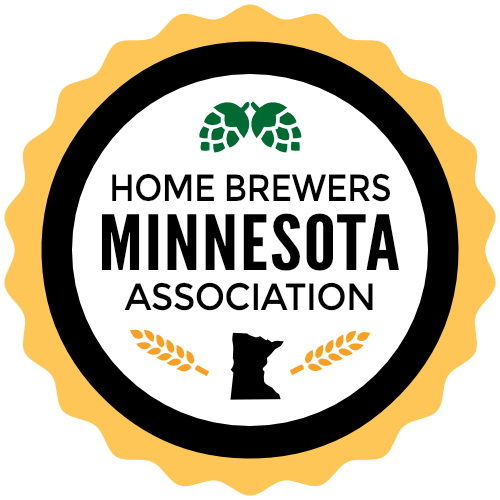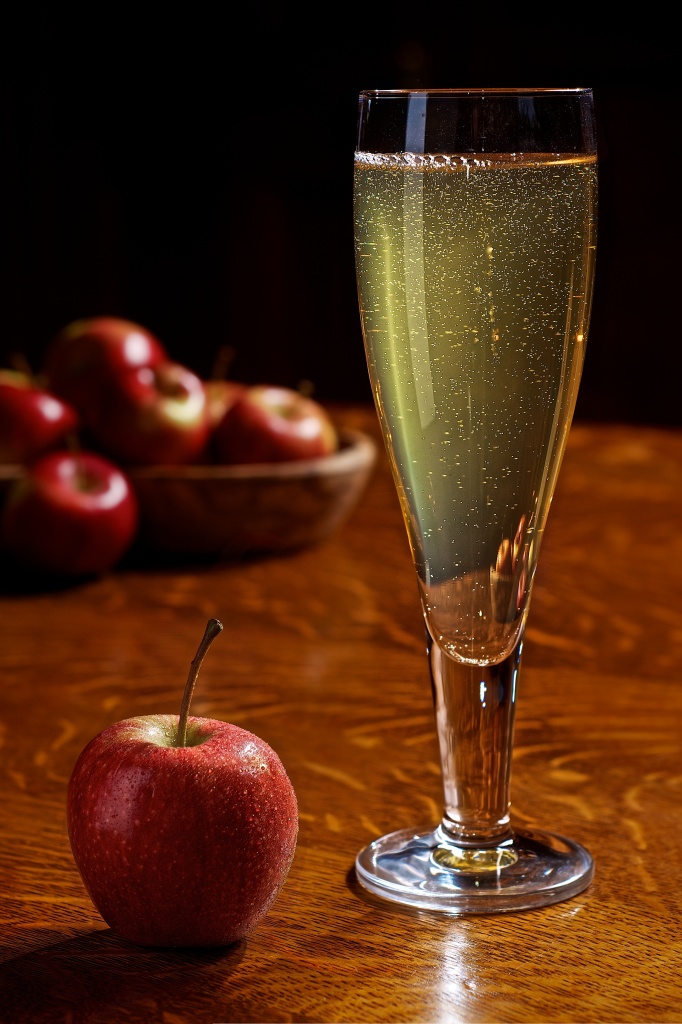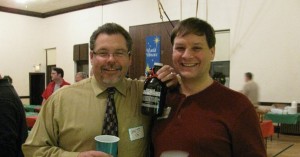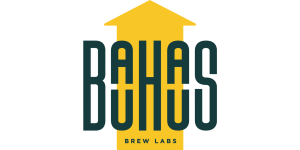Posts
Come join us this Saturday, November 8 from 10:00am until 2:00pm at Barley John’s Brewpub in New Brighton for the annual Learn To Brew Day celebration! We’ll have brewing demonstrations, prizes, homebrew, prizes, awesome food and beer from Barley John’s, prizes and lots of fun people! Bring your friends and family and come out and join us!
Read MoreThis is a “getting started” guide to making hard cider for home brewers by the Minnesota Home Brewers Association. The goal of this guide is to walk you through the steps for making great hard cider and to help you learn about the decisions needed at each point in the process.
When making cider, there are many opinions as to what makes great cider, but there are three things that nearly everyone agrees are critical to keep in mind. The first is to start with good juice. The second is to use good yeast. The third is to have patience. If you start with these three items, you will have a better chance of success.
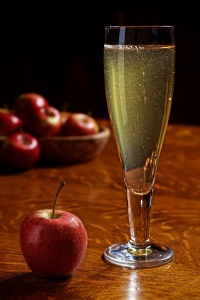
Photo by Dennis Wilkinson, Creative Commons
Terminology
Must : A term from winemaking referring to unfermented, sweet juice akin, to “wort” in brewing.
Getting started quickly
Are you looking to just get started and make some great cider? There are lots of options to consider but if you want a simple place to start, try this.
What you will need
- 5 gallons of preservative-free cider
- Campden tablet – If the cider has not been pasteurized
- Yeast Nutrient
- Yeast Energizer
- 2 Lbs brown sugar
- White Labs English Cider Yeast WLP775
- Potassium Sorbate or an extra Campden tablet
We are coming down to the wire for voting in the 2014 “It’s kind of a big deal” awards from The Growler. The Minnesota Home Brewers Association took home Best Homebrew Club for the past two years and we need your help to win the title again.
Please go vote…and ask your friends to vote for us too!
There was an error in last week’s announcement about Midwest Supplies Learn To Brew event. It’s actually happening THIS Saturday, November 1st and not November 8th! Hit up both events on the upcoming 2 Saturdays for more chances at fun prizes!
Read MoreIt’s time we had a social event!
The team behind Bauhaus Brew Labs in Minneapolis have graciously offered the MHBA a behind-the-scenes tour of their brewery and a sneak peak at some fun upcoming projects. This is an informal social event and we’ll plan on starting to gather around 6:00pm at the taproom. At 6:45 we will have a tour so plan on getting to the taproom and grabbing a beer before then. Please bring your homebrew questions and ideas but for this event, we will leave the homebrew itself at home.
If you are not familiar with Bauhaus, they are one of the newer breweries in the Twin Cities, having opened in the summer of 2014. They specialize in beers based on classic German styles but not being too concerned about staying 100% accurate to style.
Read MoreIf you are still thinking about trying your hand at making a hard cider this year, your opportunity to get some of the best juice around is coming to a close.
The MHBA is again purchasing 500 gallons and there are a few gallons still left available. If you are interested in reserving some, fill out the reservation request form. Cider comes from Pine Tree orchard in the Twin Cities and is routinely referred to as some of the best cider available for fermentation. The cost is $20 per 5 gallons and must be reserved and paid for in advance. Pickup is on Saturday, November 8 at Learn To Brew day at Barley Johns Brew Pub.
To reserve your cider, or for more information, check out the original post and fill out the form!
Read MoreAfter you have stopped off at Barley Johns Brew Pub for the Annual MHBA Learn To Brew Day festivities you are probably going to be itching to brew something. Consider swinging by Midwest Supplies and say hi to MHBA President Emeritus Michael Cote where he will be helping Midwest host their own “Learn to Brew” day.
The attendance at Barley John’s is always fantastic, but if you can’t make it there, please come to Midwest and hang out with other MHBA members, (some who have to work at Midwest and can’t get to Barley John’s), and the general public. There will be brewing demonstrations as well as some great gift giveaways!
Read MoreOne final reminder that the Minnesota Home Brewers Association October meeting will be at Lucid Brewing this Saturday starting at 12:00pm. We will be having a short discussion from our own Andy Ruhland, who is the Brewer/Cellarmaster at Lucid. Andy has the privilege of scoring an almost perfect score of 98 on his Gose (Lucid’s Goslar) at the 2014 World Beer Championship. He’ll discuss his research behind this old German style, wheat ale. We’ll have some Goslar to sample and educate your palate, while you listen to Andy discuss his process in creating this near perfect beer.
Homebrew beer, mead and cider is welcome and encouraged!
Read MoreLearn to Brew 2014 is coming up November 8th from 10-2 pm at Barley John’s Brewpub in New Brighton.
Come out, bring some friends and learn to homebrew, or help share your knowledge of homebrewing with others! Barley John’s Brew Pub has invited us to hang out on their patio while club members provide demonstrations on how to brew both extract and all-grain beers. The gathering is from 10 am to 2 pm on Saturday, November 8nd. Home brew is welcome and remember that Barley John’s offers great beer and wonderful food, including a fantastic egg bake that they are making just for us again this year.
Last year we had a fantastic time with great beverages, fun people and a great host!
Read More